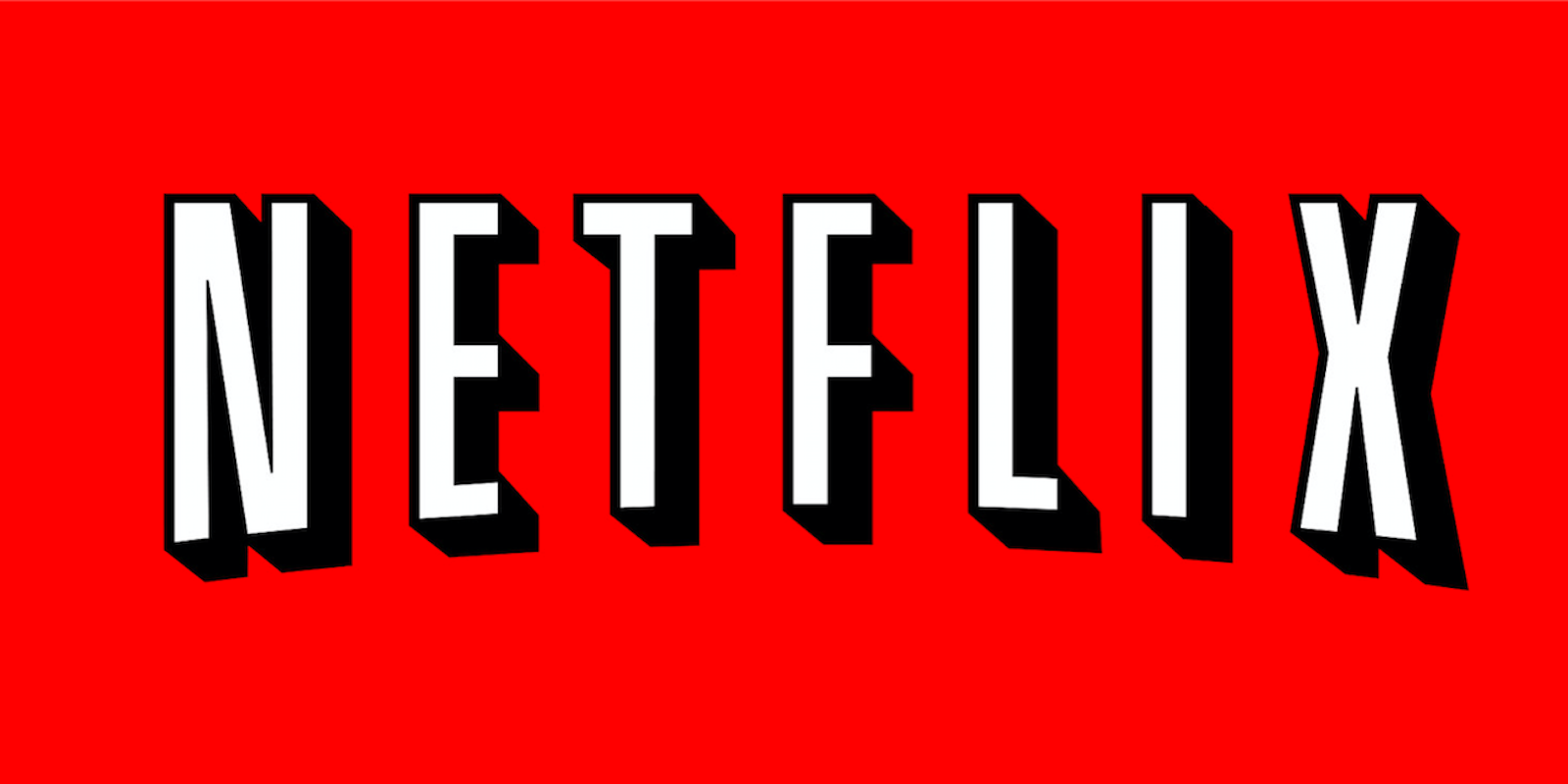Despite maintaining its status as the largest video subscription service in the United States, Netflix has accumulated $20.54 billion “in long term debt and obligations,” the Los Angeles Times reported over the weekend.
The bulk of this debt comes from spending on original content, which the company expects to exceed $6 million this year. Its net cash outflow will also jump from $1.7 billion to $2.5 billion, and the streaming service expects “to be free-cash-flow negative for many years.”
Those figures don’t scare investors, though, who expect Netflix’s debt financing to “create growth” in the short term. The company is thriving by all other measures: Its subscriber base has jumped 25 percent from last year to a whopping 104 million, and in 2016, its original programming clinched 91 Emmy nominations over 50 shows.
Still, it may be overly optimistic to expect the company to keep following the same growth trajectory. Industry experts warn of a “Netflix bubble” if the streaming service’s original content fails to keep attracting new users. (In other words, if it keeps producing tepidly received shows like Flaked and Friends from College.) Netflix has also doubled its long-term debt from last year, swelling to $4.84 billion, and doesn’t reflect its $15.7 billion in streaming content obligations in its current balance sheets.
Netflix has since responded to the Los Angeles Times to clarify some of the figures listed in the original report:
The L.A. Times story inaccurately calculates our debt, counting our streaming obligations (i.e. our content contracts with studios) of $15.7b as debt, which it isn’t. The correct number: we have total gross debt of $4.8b vs. our equity market value of about $75b. They have since corrected the story.
More context, the $15.7b is future content expenses that roll through the income statement over time. Every broadcaster, cable network and streamer that has licensing agreements uses the same structure. As a point of reference, Disney/ESPN has $49b in similar commitments for sports contracts.
In other words: Netflix’s total debt seems a lot smaller when compared to its total market value. By shelling out more money on original content, the streaming service hopes to attract more subscribers and dodge the rising costs of licensing fees to stream preexisting shows. Netflix’s eventual goal is to evenly split its library between licensed shows and original material, a move that would require a ton of time and money—though apparently, the company lacks neither.
H/T the Fader


